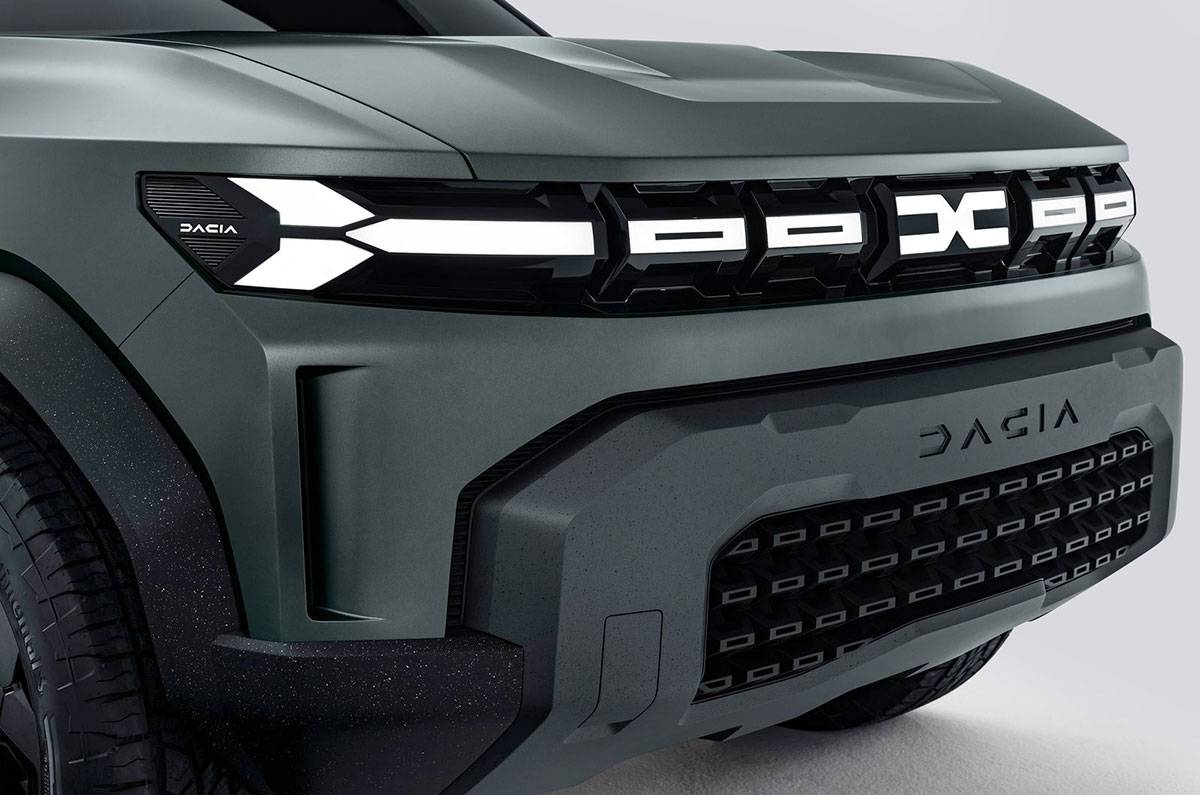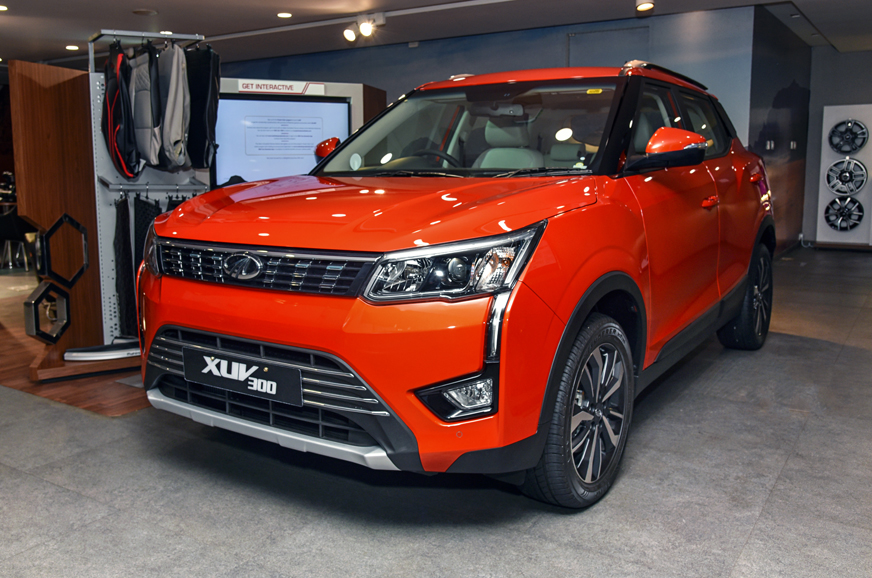Renault-owned Dacia is striving to ensure its upcoming third-gen Duster SUV remains true to its affordable and capable billing in international markets, as the firm expands and electrifies its product line-up under Groupe Renault’s ‘Renaulution’ transformation strategy.
- Expected to sit on CMF-B platform
- Plug-in hybrid and EV derivative expected
Next gen Duster to retain affordable positioning
Speaking to our sister publication Autocar UK, following the brand’s recent reveal of the freshly updated second-gen SUV, Duster product boss Julien Ferry emphasised that the current model’s successor must be “the same” car.
“Its role in the company is to provide a very good price-to- feature ratio,” he said. “It has to address the customers who are looking for a simple car which can go off-road.”
Ferry emphasised that the Duster’s off-road ability will be a priority for the current model’s successor. The outgoing 4x4 version of the Dacia Duster is one of the cheapest four-wheel-drive SUVs on sale, with Ferry referring to it as “the best non-specialist off-roader”. Dacia will therefore “keep the recipe and update it following customer demand”.
Move to CMF-B to add hybrid powertrain options, all-electric derivative
Earlier this year, Dacia CEO Denis Le Vot said the value brand would “leverage to the full” the Renault-Nissan-Mitsubishi Alliance’s CMF-B architecture. Duster’s smaller Sandero sibling already uses the CMF-B architecture as part of a move to bring all of Dacia’s and sibling brand Lada’s models onto one platform.
This paves the way for the next-generation Duster to adopt the same plug-in hybrid powertrain as the similar-size Renault Captur crossover, as well as an all-electric version sitting atop the new Renault 5’s CMF-BEV platform, which is geared towards affordable EVs in the A- and B-segments.
The CMF-BEV architecture is closely related to the conventional CMF-B structure, which makes it feasible for cars based on each to be produced at the same location and even on the same line. Crucially, the overall dimensions – including wheelbase and overhangs – are broadly similar, minimising the potential for costly bodywork and chassis modifications to adapt the Duster for full electrification.
Renault has confirmed the retro-styled 5 concept will take its chunky 16-inch alloy wheels into production. This suggests that the CMF-BEV platform is able to accommodate the large-diameter off-road wheels and tyres, which are a crucial factor in the Duster retaining its workhorse-style appeal in its new generation.
The CMF-BEV platform is, however, front-driven and cannot accommodate a rear electric motor for all-wheel drive capabilities. This is unlike the larger CMF-EV structure, which will house a second motor at the rear in Alpine’s forthcoming electric crossover.
Dacia will also expand its product offering at the upper end with the introduction of its largest model yet – the ruggedly styled C-segment Bigster SUV – which is set to launch by 2025. It will rival both the Nissan Qashqai and the Volkswagen Tiguan. It too will use the CMF-B platform in its combustion-engined and hybrid forms, with potential for an electric variant using the EV-powertrain-capable version of those underpinnings.
Renault Duster for India
Coming to the Indian market, Renault launched the first-gen Duster in India back in 2012, with the SUV continuing to soldier on despite being replaced by its second generation model in international markets a while back.
While initially available with petrol and diesel engine options, all-wheel drive and a diesel-AMT derivatives, Renault switched the Duster to an all-petrol model with the move to BS6. The midsize SUV is currently available with either a 106hp, 1.5-litre naturally aspirated petrol engine or a notably more powerful 156hp, 1.3-litre turbo-petrol engine. A manual gearbox is standard with both engine options (a 5-speed for the 1.5 and 6-speed for the turbo-petrol), with the 1.3 turbo also available with the option of a CVT.




















